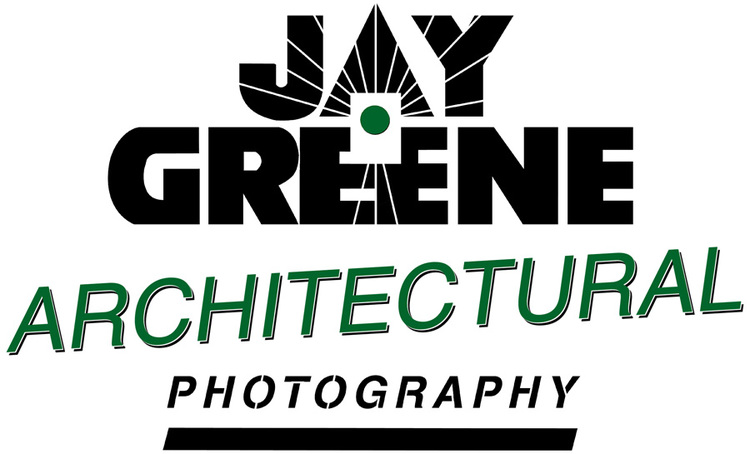I am often asked to judge photography contests in Delaware and the greater Philadelphia area. The participants especially enjoy the constructive critique. In judging the photographs, I look for 3 main technical elements; composition, contrast and sharpness. These combine to direct your eyes and your mind to understand your subject in the photograph. Having accomplished this well, the viewer finds the photograph attractive and can then be reached on a higher emotional level.
This architectural photograph is made by artfully combining several exposures to enhance every detail that deserves attention. The composition brings your eye from the foreground to the back wall, then around to the window over the sink. The process cycles again and again, each time around, picking up additional details, until one notices the gloss texture of the black granite, the quarter sawn oak floors, candle sconces on the back wall, triple arched openings, spectacular pendant lights and another sink on the right.
A well composed kitchen photograph leads your eyes to linger on the subject(s).
How does that happen? We don't actually look at the center of a photograph first. Instead, we view the mid-portions on the sides and along diagonals more than the center. Start with splitting the image into thirds and drawing diagonals. These intersections are the best places for your subject. They are the main composition portions of the photograph.
Areas of interest based on composition.
The countertops act as composition lead-in lines from the lower left to the upper right. Your eyes pause at areas of high contrast and focus along the way. At the same time, areas that are out of focus or void of contrast are skimmed over. Your mind absorbs the shapes and textures based on clues such as shadows and reflections. If we were to just catch a glimpse of this photograph, it might look like this:
High contrast and sharpness in the composition interest areas cause a viewer to linger. on the subjects.
By placing objects in these areas of the composition and lighting them for maximum contrast and focus, they become your primary subjects. In this photograph, you quickly learn that there is an important accent wall in the back, the counter surface is shiny black, the floors are dark and allow unrestricted travel around the island and the white cabinets have classic moulding patterns. Additional inspection quickly reveals details in the wood floor, multiple sinks, an island seating area and a fireplace.
The object of good composition is to direct your eyes to absorb the details of your intended subject. A good composition, plus good contrast and focus creates an attractive photograph. The viewer is drawn into the image and lingers to absorb the information provided.



